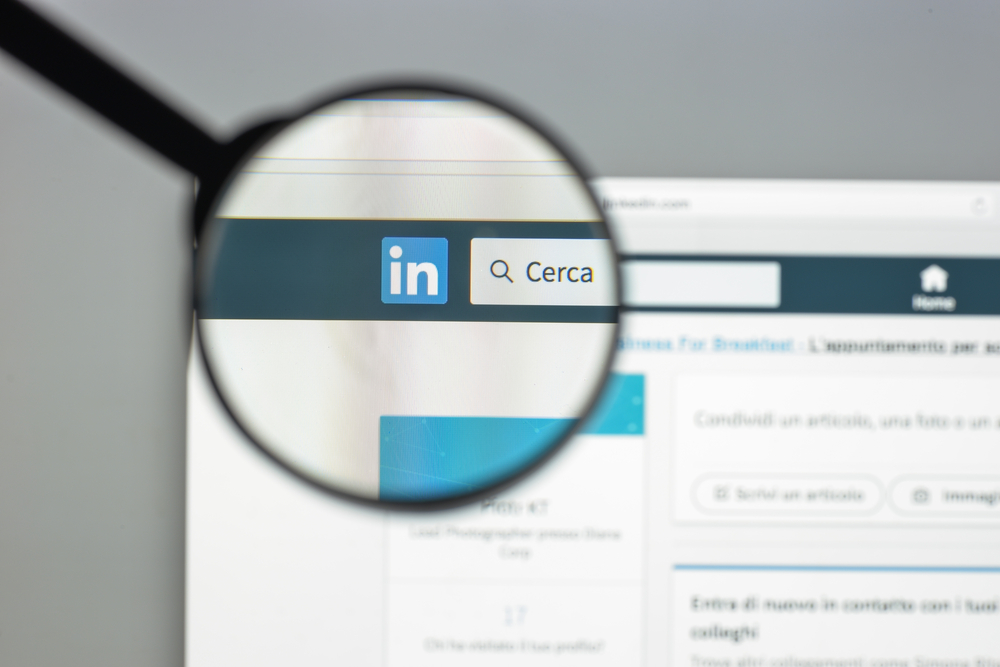
Get Paid to Share Your Expertise
Help shape the future of business through market research studies.
See Research StudiesLinkedIn is the go-to platform for recruiters and potential employers, but even experienced users may be overlooking valuable ways to harness LinkedIn’s potential.
In January 2007, LinkedIn was less than four years old and far from the ubiquitous presence it is now; today, when used effectively and strategically, LinkedIn can help you land the job you want. It’s the go-to platform for virtually all recruiters and potential employers. But even experienced users may overlook valuable ways to harness LinkedIn’s vast capabilities. Here are a few tips for advanced LinkedIn use.
Part I: Perfect Your Profile
Set yourself up for success and maximize your LinkedIn presence.
Make your profile SEO-friendly.
It’s important to know what keywords employers or recruiters might enter into the search bar. One way to figure this out is to create a word cloud. Browse postings for positions similar to the one you want, then copy them into an online service such as TagCrowd (many are free) to create a visualization of what words are used most often. Use these words throughout your profile to rank higher in searches. LinkedIn’s search algorithm gives extra weight to your 120-character headline, so make sure it contains many of the keywords you’ve identified.
Leave no section empty.
Every profile section presents an opportunity to use keywords and entice employers with powerful content, so complete all the sections. Use LinkedIn’s “Add Profile Section,” found under your photo. People often leave out the “Summary” section, but I think that one is key—use it to make your pitch for what differentiates you.
Build your network strategically: focus on quality first, then quantity.
Some LinkedIn experts advise you to connect with anyone and everyone. I disagree. The real effectiveness of networking comes not from simply connecting but from building relationships. A network of strangers will be of little help. If you’ve already accepted invitations from people you don’t know, send them a message to build a relationship.
Post an article.
Demonstrate your expertise by writing articles about your field. This is especially useful if you’ve been out of the workforce for a while or you’re changing careers. A couple of my clients have landed interviews solely on the strength of their LinkedIn articles.
Part II: Master the Search
Now that your profile is nice and robust, it’s time to find your next job.
Maximize advanced people-search filters.
There are many ways to access LinkedIn’s advanced search filters. Start by clicking into the search bar, then clicking on the magnifying glass. Select “All Filters,” then make use of my favorite hacks.
- Find the decision makers: Did you know that LinkedIn has a Boolean search capability that allows you to conduct sophisticated searches? For example, one client, a marketing director, wanted to find a senior hiring manager at Pfizer. She entered “Pfizer” under “Company.” In the “Title” field she entered marketing AND VP OR chief OR head NOT assistant.Note: your operator words, such as “AND,” must be in all caps.
- Mine your connections’ connections: Enter a colleague’s name under “Connections of” and search for people in their network whom you’d like to meet. Then ask for an introduction.
- Find people who used to work at your company: Say you’re working at Pfizer but want to make a move. Enter Pfizer under “Past companies” to find people who used to work there. Contact them, and use your mutual workplace as a hook—for example, “I see that you used to work at Pfizer. How are things at Merck?”
Use LinkedIn’s alumni tool.
Leverage the power of your alumni network. Find the LinkedIn page for your school, then click “Alumni.” You’ll see a list of alumni segmented by where they work, what they do, where they live and more.
Keep in touch via LinkedIn— the essence of true networking.
LinkedIn makes it easy to keep in touch via the homepage feed. Check out your connections’ posts, and like, share, and comment; my clients have landed interviews through this kind of activity.
These techniques are just a small sample of the many that are available to you, many for free; if you leverage them correctly, LinkedIn may just become the ultimate guide in your journey to landing a great next job.
Robert Hellmann of Hellmann Career Consulting is a career consultant, Columbia Business School executive coach, and author of the books Advanced LinkedIn and Peak Presentations.
Read the original piece on Columbia Business School’s Ideas and Insights blog.
Ivy Exec is proud to announce its partnership with Columbia Business School, to bring an insightful collection of thought leadership pieces for the modern-thinking strategist in finance, leadership and more to its platform.

 Columbia Business School
Columbia Business School
